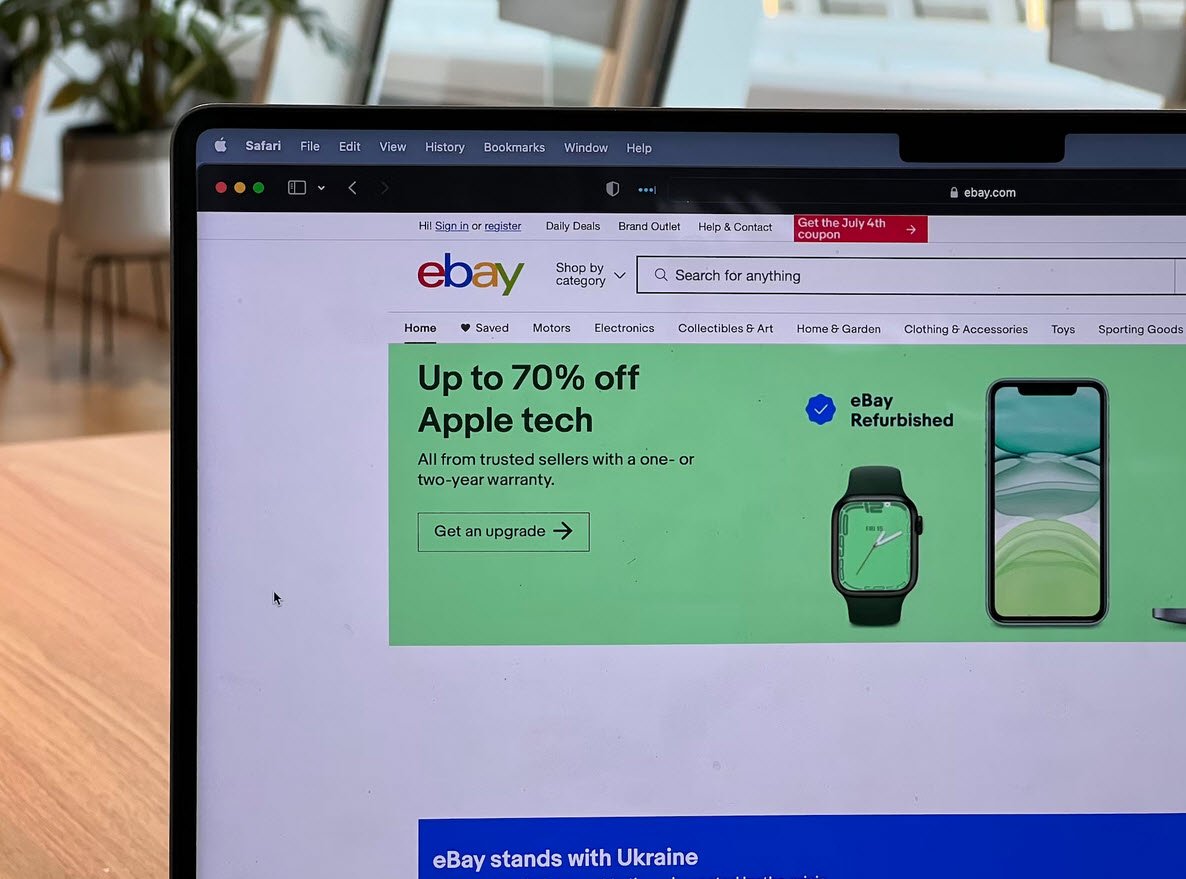
In the dynamic realm of online marketing, an array of powerful communication tools empowers marketers to engage with their audience, even when they are not directly on their own site. These tools play a vital role in not only reaching out to audiences but also enticing them to visit the marketer’s website.
Let’s explore six key digital media channels that facilitate this interaction:
1. Search Engine Marketing (SEM)
- Definition: SEM involves placing messages on search engines to encourage click-through to a website when users enter specific keyword phrases.
- Disciplines: It encompasses Search Engine Optimization (SEO) for improving organic search rankings and Paid Search Marketing, often on a Pay Per Click (PPC) basis.
- Benefit: SEM is effective for targeting audiences during moments of intent, providing a level playing field for small companies to compete alongside established brands.
2. Online PR
- Definition: Online PR involves maximizing positive mentions of a company, its brands, products, or websites on third-party platforms like media sites, social networks, and blogs.
- Other Terms: Also known as influencer outreach or content distribution, it offers a cost-effective route to enhance brand awareness, attract visitors, and increase backlinks for SEO benefits.
3. Online Partnerships
- Definition: Creating and managing long-term arrangements to promote online services on third-party websites or through email communications.
- Forms: Include link building, affiliate marketing, online sponsorship, and co-branding.
- Value: Smart marketers recognize the strategic value of partnerships to extend their reach through collaborations with other websites.
4. Interactive Advertising
- Definition: Utilizing online display ads like banners, skyscrapers, and rich media ads to build brand awareness and drive clickthrough to a target site.
5. Opt-in Email
- Methods: Renting opt-in email lists, placing ads in third-party e-newsletters, co-registration or co-branding deals, or building an in-house email list for newsletters and campaigns.
- Objective: Primarily aims at generating brand awareness, direct response, and acquiring registrations or leads.
6. Social Media Marketing
- Integration: Social media marketing seamlessly integrates with other communication approaches.
- Amplification: Social media amplifies messages through comments, sharing on social networks, and facilitates viral or word-of-mouth marketing.
Understanding and strategically deploying these digital media channels empower marketers to create a comprehensive online presence, reaching and resonating with their target audience beyond the confines of their website. This integration ensures a holistic and impactful approach to digital marketing, fostering engagement and brand growth.
You may also like:- Top 4 Digital Marketing Courses to Try in 2024
- What is the Right SSD Space for Your Hosting Package
- 27 Traffic Secrets to Drive Engagement and Growth
- 5 Crucial Reasons Why Niche Research Is Vital for Online Success
- Setting SMART Digital Marketing Objectives for Business Success
- Traditional Marketing vs. Digital Marketing
- Digital Marketing Funnel – A Roadmap to Customer Conversion
- Double Your eBay Sales In 30 Days
- Turn Your Marketing Pieces into Marketing Masterpieces with These Five Design
- Unlocking Success in Affiliate Internet Marketing








